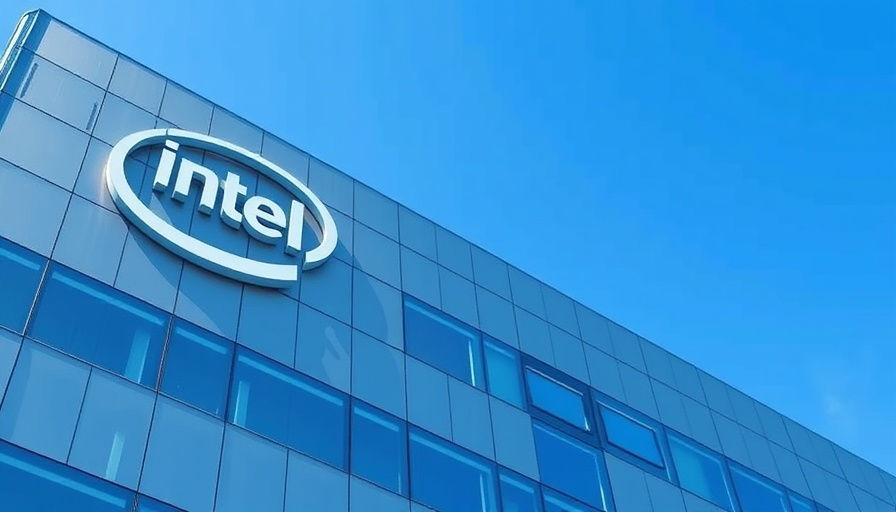
Trump's Public Critique: A Closer Look at Corporate Leadership
On August 7, 2025, President Donald Trump made headlines when he publicly labeled Intel CEO Lip-Bu Tan as 'highly conflicted' and urged for his resignation. This unexpected political drama took place just as Tan assumed leadership of the iconic chipmaker, illustrating the intricate relationship between governmental perspectives and corporate governance in the tech sector. Despite being the bait for political commentary, this situation reflects larger, systemic issues at Intel, which is grappling with fierce competition and internal turmoil far beyond its new CEO's credentials.
The Shifting Landscape of Leadership at Intel
Pat Gelsinger, Tan's predecessor, was ousted due to a stagnating vision that rendered Intel unable to keep pace with the rapid advancements in technology, specifically in AI processors. Under his leadership, overspending on factories and failed deadlines led to substantial losses — approximately $54 billion in revenue in 2023. It is imperative to note that such strategic decisions were not only defined by corporate ambition but were also entwined with broader market dynamics driven by competitors like Nvidia.
With Tan stepping in, he immediately overturned many of Gelsinger's decisions, vowing to halt unnecessary expenses and strategically assess the demand before initiating new construction. This approach signifies a crucial pivot for Intel as it braces itself for recovery.
Unpacking the China Controversy
Yet, the shadows of financial and strategic concerns at Intel are compounded by Tan’s history with Chinese semiconductor firms, which have sparked controversy. Reports indicate that Tan, known for his venture investments, has ties to multiple companies within China's chip industry, some allegedly connected to military operations. This aspect of his background has created an environment ripe for skepticism regarding Intel's future strategies against geopolitical tensions and technological nationalism.
Restoring Intel's Market Position
The specter of Tan’s previous affiliations with Chinese semiconductor ventures raises pressing questions about trust and competition in the tech sector. As Intel strategically offloads non-core assets, including its networking division, it's clear that the restructuring goes beyond mere optics; it's about reclaiming competitive edge in a market increasingly dominated by rivals. Aligning corporate practices with shareholder interests while reducing risk is essential if Intel hopes to rise from its recent struggles.
Recommendations for Business Professionals
For CEOs and business managers navigating a landscape influenced heavily by political and competitive pressures, there are lessons to be learned from Intel's tumult. The importance of clear leadership, transparency in corporate direction, and decisive steps toward accountability cannot be overstated. Companies must critically assess partnerships and maintain an adaptable strategy to respond to shifts in both domestic and international markets.
Conclusion: Taking Action in a Competitive Market
While political commentary may drive short-term narratives, the long-term success of a corporation hinges on its ability to adapt and innovate in a rapidly evolving environment. As Intel embarks on its path to recovery under Lip-Bu Tan's leadership, other business professionals can gain valuable insights into the necessity for strategic reflection and action. For those at the helm of their own organizations, it’s essential to stay vigilant, informed, and prepared to lead with integrity in an interconnected world.
 Add Row
Add Row  Add
Add 




Write A Comment